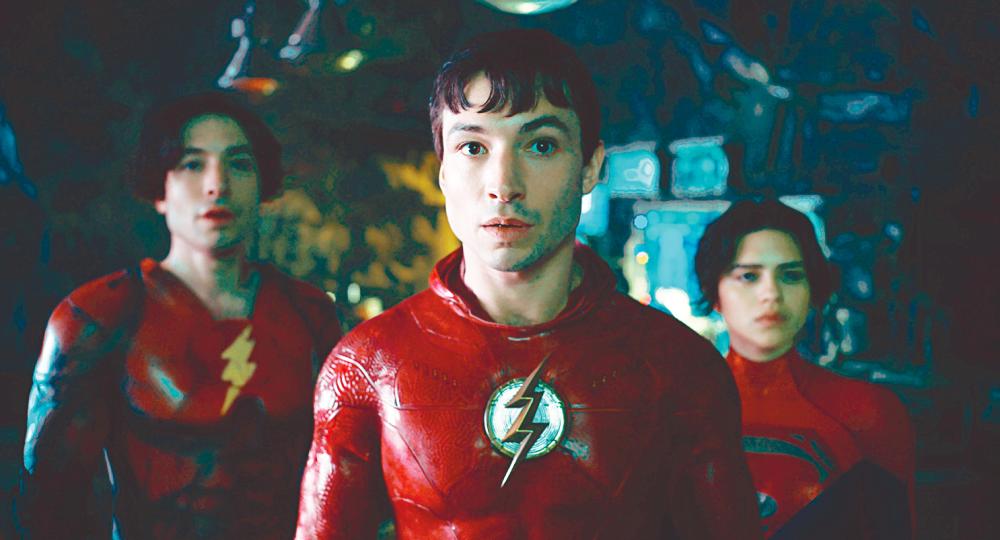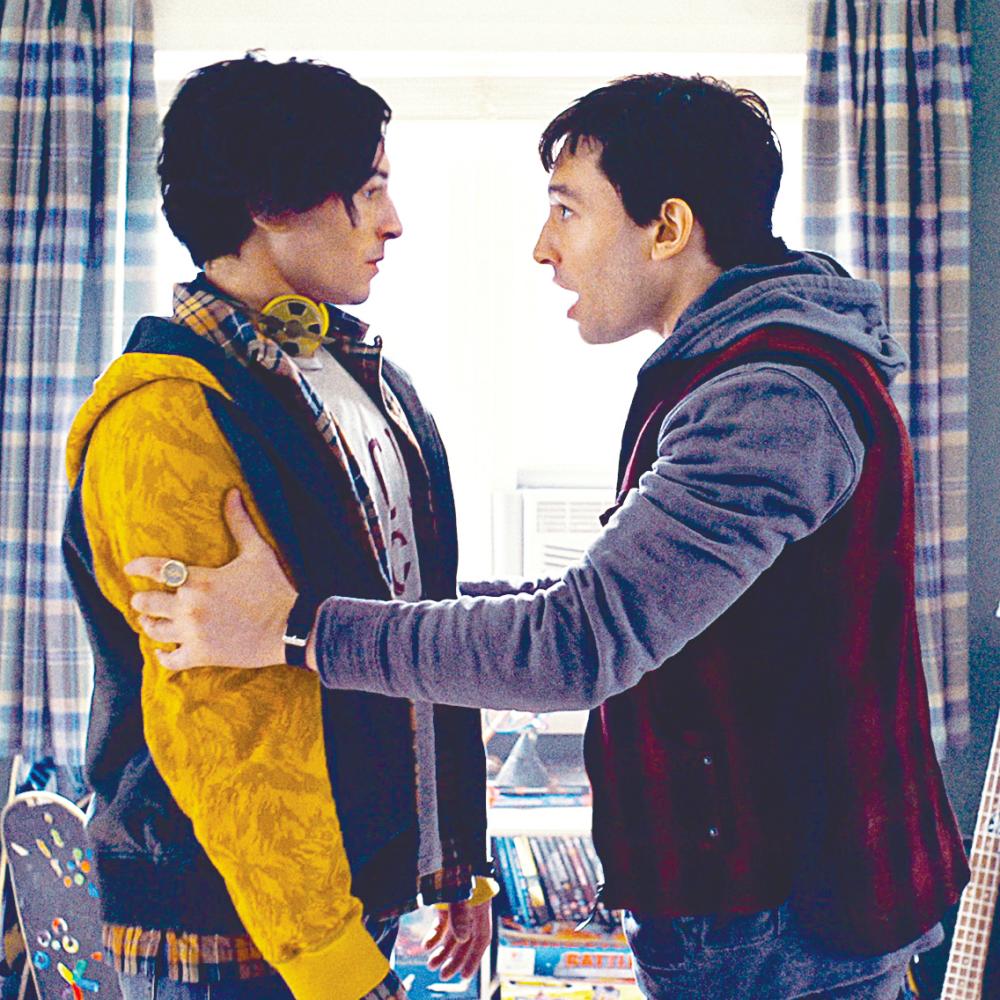AFTER several years of development and hiatuses, including several changes in directors, The Flash is here, and it’s exactly what most have expected: an irrevocable mess.
Set some time after the Justice League is formed, Barry Allen a.k.a. The Flash (Ezra Miller) is struggling to find a balance between being a superhero and his job as a forensic investigator.
As a member of the League, Barry feels relegated to the role as their “janitor” who is only called in to help when the other members are busy, while as a forensic investigator, he isn’t making any headway into solving the crime involving his mother’s murder and his father’s arrest for it.
Eventually, Barry realises he could use his powers to travel back in time by running even faster.
Despite the warning from Bruce Wayne (Ben Affleck), Barry does it anyway and causes a multiversal mess that results in him being stranded in an alternate universe where everything that happened in his universe did not happen in this new universe.

In the latter, this universe’s Barry (also played by Ezra) leads a happy life with his mother that never died and his father that never went to prison.
Additionally, the rest of the Justice League does not exist, except Batman. However, this Bruce Wayne isn’t the version played by Affleck, but it’s the one Michael Keaton played in the 1989 and 1992 films.
So, when General Zodd (Michael Shannon) arrives similar to 2013’s Man of Steel, Barry realises the extent of the damage caused by his time travel due to this universe not having a Superman to protect it.

Consistently inconsistent
On paper, The Flash works as a very loose adaptation of the “Flashpoint” comic book storyline it is somewhat based on.
Retaining the source material’s emotional core, which is Barry’s love for his mother, and the lengths he goes to save her, The Flash is poignant and moving whenever Barry and his mother are at the center of a scene.
For his part, Ezra perfectly conveys the turbulence behind Barry’s trauma and how it shaped him, while also bringing a major part of the film’s comedy, even if viewers may face a problem in separating the art from the artist; Ezra spent the last three years committing crimes from disorderly conduct to assault.
Sharing the second-most time on-screen opposite Ezra is Keaton, whose quiet portrayal of an older Bruce Wayne/Batman was a delight to watch, especially when juxtaposed with Ezra’s chatty, full of facial tics Barry and alternate Barry.
Keaton captures how this character is not exactly the same as the one from Tim Burton’s films, but still evokes a similar awe and charisma that fans grew up watching.
The rest of the cast, including Sasha Calle’s Kara Zor-El, are a big letdown.
They aren’t as developed, and any attachment the general audience will have with these side characters will depend on whether they’re familiar with the comic books.
In some ways when it comes to execution, The Flash fumbles its juggling act between being faithful superhero storytelling, rose-tinted nostalgia bait, cameo carnival, and as a film that “resets” a franchise.

The end of a decade
Building up to everything that trailers and marketing have spoiled involving Zodd and the Kryptonians, The Flash’s final act is, for a lack of a better word, overwhelming.
So much happens, that the magic in the first ten minutes of the film (with Barry and Affleck-Batman’s action sequence) is lost in favour of a far more gratuitous action spectacle.
Set against a boring desert set piece, everything else becomes a magnified assault on the senses, from the poorly VFX’d slow-motion fights involving both Barrys, the aerial battle with Batman, the fight between Kara and Zodd, and everything afterwards.
And then there’s the resolution of the climax, which is basically a glorified cameo showcase with, again, poor VFX. If the latter only existed in the final fight, it wouldn’t be that big of a problem, but the poor visual effects is throughout the entire film.
Every action sequence with CGI has the humans looking like Play-Doh, with faces akin to wax figurines floating digitally against their bodies, while one of the cameos – you’ll know it when you see it – towards the end looks like that actor was entirely CGI.
Given how much of a rollercoaster the old DC Extended Universe has been in terms of quality for the past decade since Man of Steel, maybe it’s fine that it ends this way, with The Flash being a perfect “It was okay, I guess” film.
The Flash is released in cinemas on June 16.









